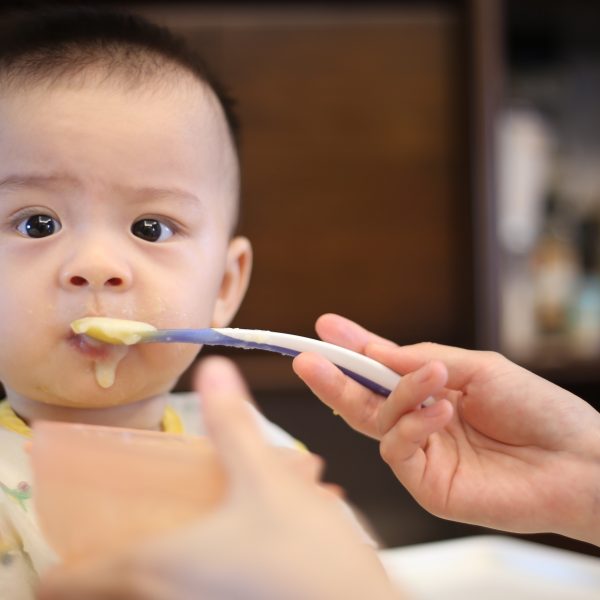For babies, imitation really is the sincerest form of flattery

Babies as young as six months of age recognise when adults are imitating them, and view the imitators as more friendly, new research from Sweden’s Lund University has found.
Researchers also noted that babies looked and smiled longer at an adult who imitated them, as opposed to when the adult responded in other ways, approaching these adults more often, and trying to engage with them in playing imitating games.
The findings, recently published in PLOS One, were gathered by a researcher who met with babies in their homes and played with them in four different ways.
The researcher either:
- imitated everything the babies did as a mirror;
- imitated the babies as a reverse mirror;
- imitated only the bodily actions of the babies while keeping an immobile face; or,
- responded with a different action when the babies acted.
The final option is called contingent responding and is how most parents and caregivers would typically respond to their baby – when the baby does or needs something, you react accordingly.
The researchers found that the babies looked and smiled longer, and tried to approach the adult more often, during the close mirroring of their actions.
“Imitating young infants seems to be an effective way to catch their interest and bond with them. The mothers were quite surprised to see their infants joyfully engaging in imitation games with a stranger, but also impressed by the infants’ behaviours,” lead researcher and senior author Gabriela-Alina Sauciuc said.
Babies also used imitation as a time of testing the behaviour of others. For example, if the baby hit the table and the researcher imitated that action, the baby would then hit the table several times, while carefully watching the researcher’s responses. Even when the researcher did not show any emotions at all while imitating, the babies still seemed to recognize that they were being imitated – and still responded with testing behavior.
“This was quite interesting. When someone actively tests the person who is imitating them, it is usually seen as an indication that the imitated individual is aware that there is a correspondence between their own behaviour and the behaviour of the other,” Ms Sauciuc noted.
While scientists have long speculated that, through frequent exposure to being imitated, babies learn about cultural norms and interactional routines, or that shared actions are accompanied by shared feelings and intentions, there has, until now, been little empirical evidence to back up such theories.
“By showing that six-month-old infants recognise when they are being imitated, and that imitation has a positive effect on interaction, we begin to fill up this gap. We still have to find out when exactly imitation begins to have such effects, and what role imitation recognition actually plays for babies,” Ms Sauciuc concluded.
To read the research in full, please see here.
Popular

Workforce
Policy
Quality
Practice
Provider
Research
ECEC must change now, our children can’t wait for another inquiry
2025-07-02 07:47:14
by Fiona Alston

Workforce
Practice
Provider
Quality
Research
Supporting successful transitions: Big moves, big feelings
2025-06-26 11:00:30
by Fiona Alston

Practice
Quality
Research
When joyful autonomy matters so much more than curriculum outcomes
2025-06-25 09:30:36
by Contributed Content













